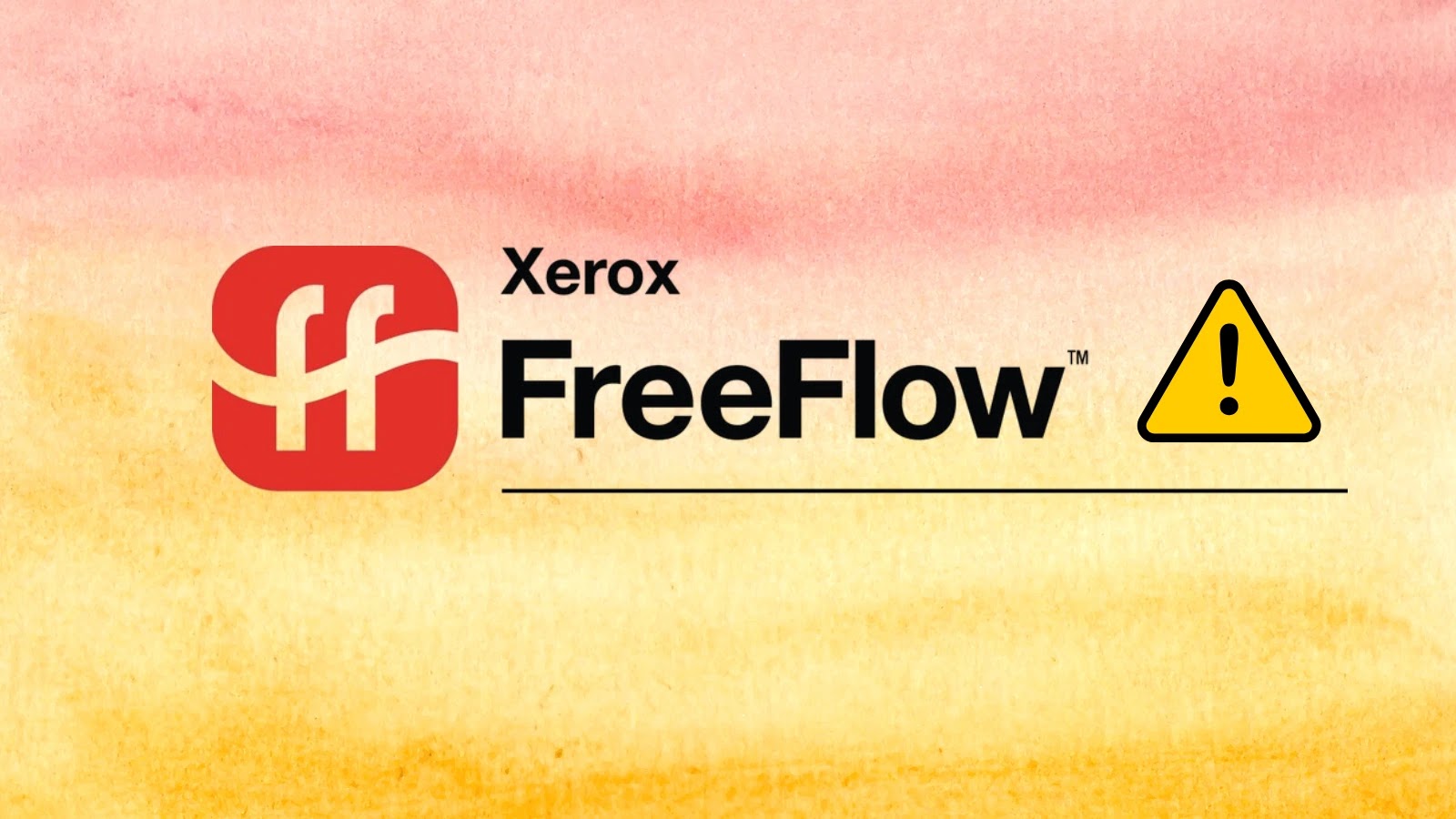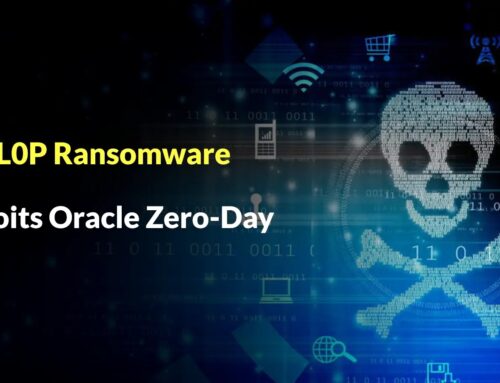
Xerox FreeFlow Core Vulnerability Let Remote Attackers Execute Malicious Code – PoC Released
A critical alert echoes across the cybersecurity landscape as unauthenticated remote attackers can now exploit serious vulnerabilities within Xerox FreeFlow Core, a widely adopted print orchestration platform. A proof-of-concept (PoC) has been released, confirming the severity of these flaws and underscoring the urgency for immediate action. For organizations relying on FreeFlow Core for their printing infrastructure, this isn’t merely a software update recommendation; it’s a critical security imperative.
Understanding the Xerox FreeFlow Core Vulnerability
The vulnerabilities, tracked as CVE-2025-8355 and CVE-2025-8356, reside specifically within the JMF Client service of Xerox FreeFlow Core. These are not minor bugs; they are critical remote code execution (RCE) vulnerabilities. What makes them particularly dangerous is their unauthenticated nature, meaning an attacker does not need legitimate credentials to exploit them. This allows a remote assailant to execute malicious code on vulnerable systems, potentially leading to complete system compromise, data exfiltration, or the deployment of ransomware.
The impact of such a vulnerability cannot be overstated. A compromised print server can serve as a pivot point into an organization’s internal network, bypassing perimeter defenses. Given FreeFlow Core’s role in managing and processing sensitive print jobs, the risks extend to the compromise of confidential documents and intellectual property.
CVE Details: A Closer Look
- CVE-2025-8355: This CVE specifically targets a critical flaw within the JMF Client service, allowing unauthenticated remote code execution. Its exploitability is high, given the direct network accessibility of the service.
- CVE-2025-8356: Similar to its counterpart, this CVE also pertains to the JMF Client service and facilitates unauthenticated remote code execution. The presence of two distinct but related RCE vulnerabilities in the same service highlights a significant security oversight that has now been addressed.
Both vulnerabilities were recently disclosed, and the release of a PoC further confirms their exploitability, making organizations with unpatched FreeFlow Core installations immediate targets for malicious actors.
Remediation Actions: Patch Immediately
The good news is that Xerox has responded proactively by releasing patches for these critical vulnerabilities. The only effective remediation is to update your FreeFlow Core installation to version 8.0.5 or later. Organizations must prioritize this update as an urgent security measure.
- Verify Your Version: Confirm the version of Xerox FreeFlow Core currently running in your environment.
- Plan for Downtime (if necessary): While updates are generally designed to be seamless, plan for potential minimal downtime to ensure a smooth patching process.
- Implement the Patch: Follow Xerox’s official guidelines for updating your FreeFlow Core software to version 8.0.5.
- Network Segmentation: As a best practice, ensure that your print servers, including those running FreeFlow Core, are properly segmented from your core business networks. This limits the lateral movement of an attacker should a compromise occur.
- Monitor Logs: After patching, increase vigilance on network and system logs for any anomalous activity originating from or targeting your FreeFlow Core servers.
Tools for Detection and Mitigation
While patching is the primary defense, certain tools can aid in detection, pre-assessment, and post-patch verification processes.
| Tool Name | Purpose | Link |
|---|---|---|
| Nmap (Network Mapper) | Network scanning to identify open ports and services, including the JMF Client service. | https://nmap.org/ |
| Vulnerability Scanners (e.g., Nessus, OpenVAS) | Automated scanning for known vulnerabilities, including those affecting Xerox FreeFlow Core. | Nessus / OpenVAS |
| Network Intrusion Detection/Prevention Systems (IDS/IPS) | Monitoring network traffic for suspicious patterns indicative of exploitation attempts. | Vendor specific (e.g., Cisco, Palo Alto, Snort) |
| Security Information and Event Management (SIEM) | Centralized log collection and analysis for early detection of post-exploitation activities. | Vendor specific (e.g., Splunk, IBM QRadar, ELK Stack) |
Conclusion
The disclosure of critical unauthenticated remote code execution vulnerabilities in Xerox FreeFlow Core presents a serious threat to organizations that have not yet applied the necessary patches. The availability of a PoC further escalates the risk, making timely remediation paramount. Updating to FreeFlow Core version 8.0.5 or later is not optional; it is essential to protect your print infrastructure and, by extension, your entire network from potential compromise. Security teams must act with urgency to mitigate this significant risk and maintain the integrity of their IT environments.





